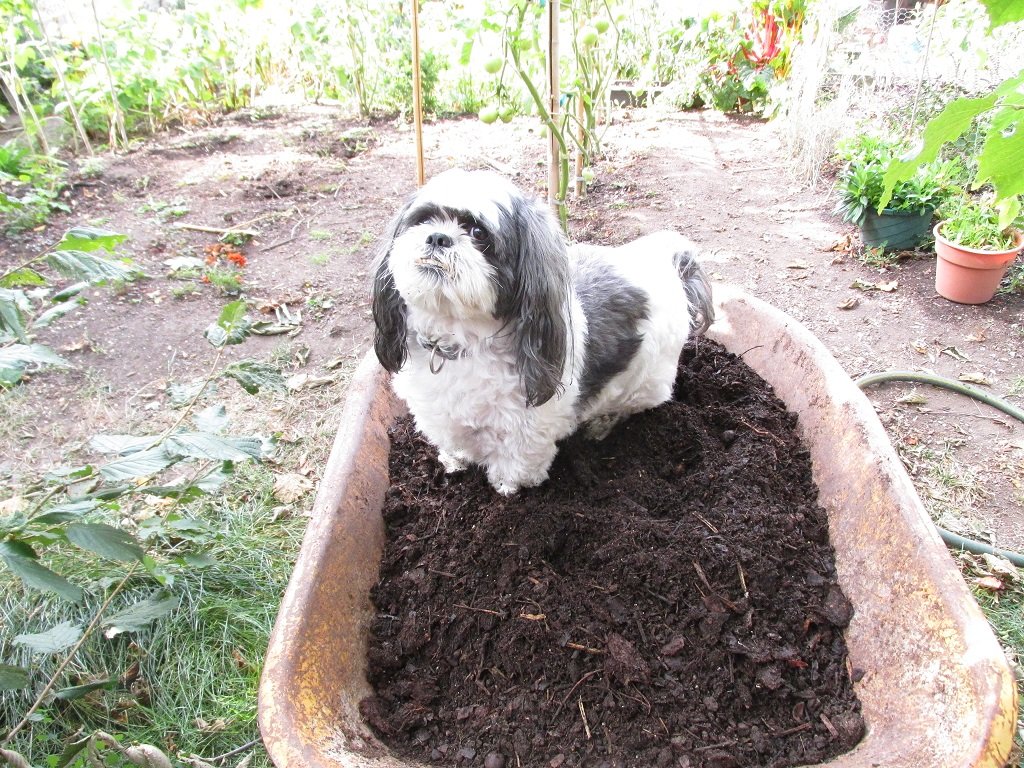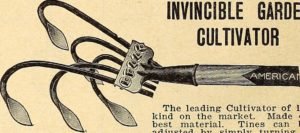Autumn is here, the leaves are falling, and it’s time to make leaf mould. This is a nutrient rich organic material used both as mulch and as a soil amendment.
Gardeners often refer to leaf mould as “black gold” because gardens thrive when it’s used.
Gathering leaves from around your neighbourhood is an opportunity to get large quantities of organic matter at little expense.
Benefits of Leaf Mould
The benefits of leaf mould cannot be overstated. It holds more water by weight than peat moss. And when used as a soil amendment, it can increase water retention in the soil by 50% or more.
Leaf mould improves soil drainage and aeration and reduces soil compaction. Soil amended and mulched with it absorbs water more easily and runoff is reduced if not eliminated.
When used as mulch, leaf mould suppresses weeds and helps retain moisture in the soil. By protecting the soil surface from the sun, the ground and the roots of the plants are kept cool. This also helps to retain moisture in the soil through reduced evaporation.
Some leaves may be a bit acidic on the pH scale, but as the leaf mould develops it normally becomes neutral. For information on how to adjust pH levels see this article.
Beneficial organisms thrive when leaf mould is used as a soil amendment. Fertility and soil structure are improved. The soil becomes more friable which enhances drainage and aeration, and cation exchange is increased.
Cation-exchange capacity (CEC) is a measure of soil fertility and is an indicator of the soil’s ability to retain nutrients in a form available to plants.
It’s not necessary to have in-depth knowledge of CEC science. Just know that amending soil with leaf mould improves cation exchange.
Trees take up both macro-nutrients and trace elements through their roots. Macro-nutrients include nitrogen (N), phosphorus (P), potassium (K), Sulphur (S) and calcium (Ca).
Trace elements, also known as micro-nutrients, include iron (Fe), manganese (Mn), copper (Cu), zinc (Zn), boron (B) and molybdenum (Mb).
Trace amounts of these nutrients remain in the leaves after they fall and are returned to the soil when leaf mould is applied.
How to Make Leaf Mould
If possible, collect the leaves soon after they fall and before they dry out so that residual nitrogen in the leaves is not lost. They will decompose faster at this stage while the leaves are still pliable.
Plants and trees contain the chemical lignin which supports cell walls. As lignin dehydrates in cell walls the leaves harden and decomposition becomes more difficult.
In theory, making leaf mould from older leaves results in a lower cation exchange rate in the soil than when newly fallen leaves are composted. In practice it doesn’t make a noticeable difference.
Obviously, you will be able to collect the leaves as they fall if the trees are on your property. However, leaves collected from around the neighbourhood will likely have sat long enough to harden up, but don’t worry about that.
Decomposition is sped up by shredding the leaves. While commercial leaf shredders are available, we just use our lawn mower. After picking up the bags of leaves from around the neighbourhood, we empty out one bag at a time and run over the leaves with the mower.
When the leaves are well shredded, they are raked into a pile or row about 3 feet high. We spray water on the shredded leaves after each bag is shredded so that the entire pile of leaves is moist. Within a few weeks heat develops in the pile, beneficial fungi begin to grow, and the leaves begin to decompose quickly.
Leaves just shredded with our lawn mower

The following picture shows what finished leaf mould looks like. The gardener sitting in the wheelbarrow informs us that it has a rich, earthy smell and is ready to use.
Finished material one year later

To help retain moisture in the pile and to accelerate the decomposition process we make our leaf mould in a shaded area to reduce moisture loss. Though it’s not necessary, you can cover the pile with a tarp or plastic sheet to speed up decomposition.
Leaf mould can also be made in trash bags. Shred and moisten the leaves, and, to avoid anaerobic conditions, put a few holes in the bags to make oxygen available. If you are going to use the trash bag method, a leaf shredder is useful because the leaves can be shredded directly into the bags.
Another common method to make leaf mould is to put the leaves into a bin made of wire, wood or some other material. Wood pallets make good, sturdy bins.
We prefer to process the leaves in piles because it is easier to turn them. Turning the leaves every-so-often speeds up decomposition.
Most of the leaves we collect in our area are big leaf maple (acer macrophyllum) which have already dried and hardened. They are large and difficult to compost unless they are shredded. But the result we get using the finished leaf mould or compost is nothing short of astonishing.
While leaf mould is best made from a variety of leaves, some leaves decompose easier than others. We found, for example, that holly, horse chestnut and oak leaves, which contain high levels of lignin, take longer to decompose. Also, some leaves such as black walnut and eucalyptus contain a natural herbicide and should be avoided, if possible.
Leaves from birch, elm, hazel and willow trees decompose quite easily. These leaves are smaller and contain less lignin. Larger leaves often contain more lignin which makes decomposition more difficult.
When nitrogen is applied in some form, compost is the result. When nitrogen is not used, leaf mould is the result.
How to Use Leaf Mould
Leaf mould can be used as a mulch, as a soil amendment, as a substitute for peat moss in containers and raised beds, and it can be added as brown matter to your compost bin.
When used as a soil amendment, we turn the leaf mould into the soil to the depth of a spade. When used as mulch we put between 2 and 3 inches around plants but take care not to put it right up to the base or stem of the plant.
Leaf mould holds so much water that if it’s put up against a plant stem there is risk of rot setting in.
We managed to make enough leaf mold over the past couple of years that we were able substitute it for peat moss. It worked just as well or better than peat moss when used in our containers.
Since we started using leaf mould several years ago both as a soil amendment and as a mulch, our garden has performed tremendously well.



